
FUTURESOLAR produces BIFACIAL, MONOCRYSTALLINE, POLYCRYSTALLINE and Shingled solar panels.
Your BEST PV Manufacturer
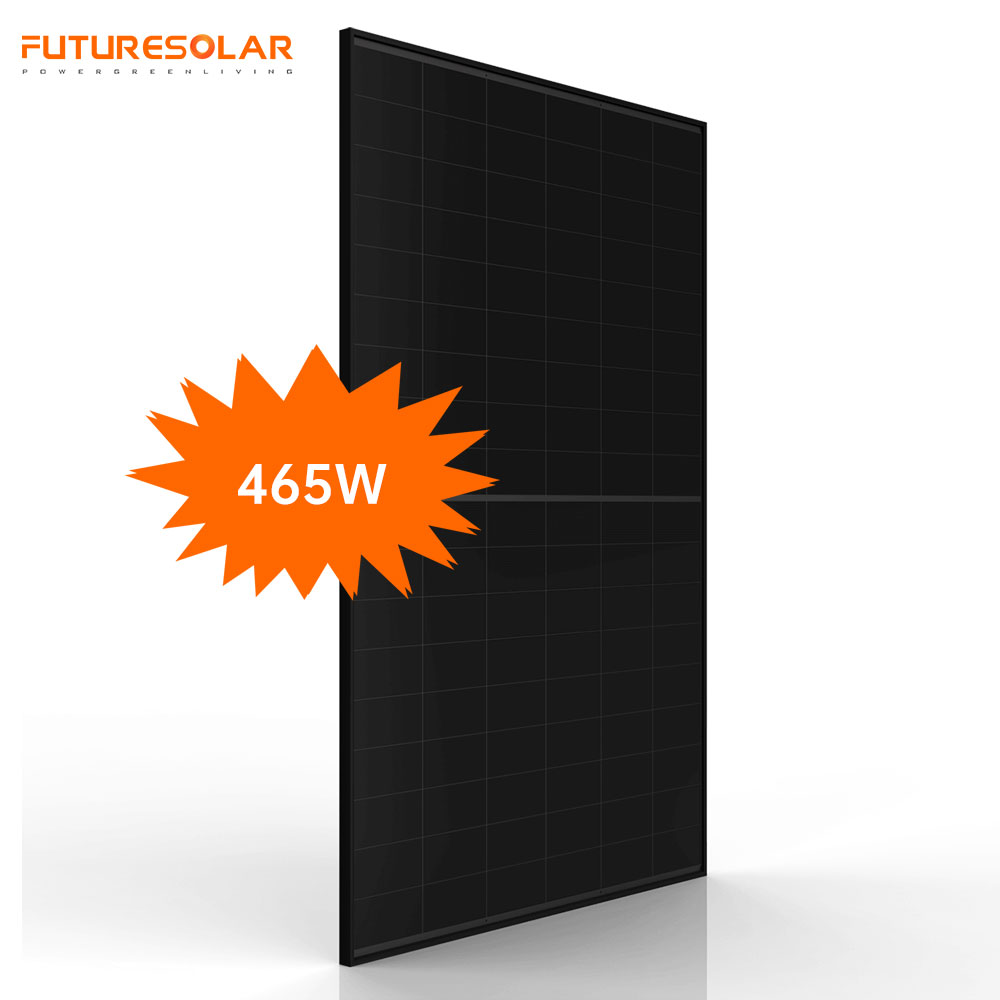
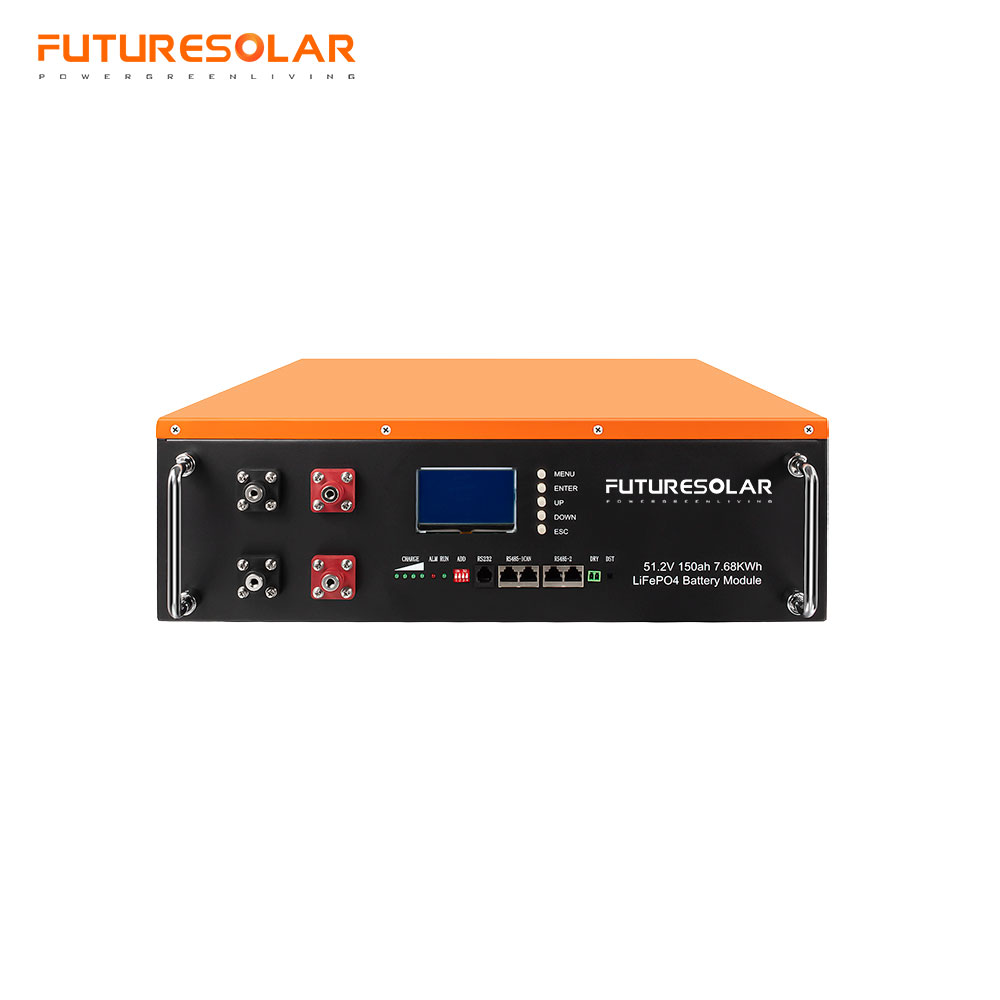
Battery energy storage system for residential, commercial, industrial and utility scale.
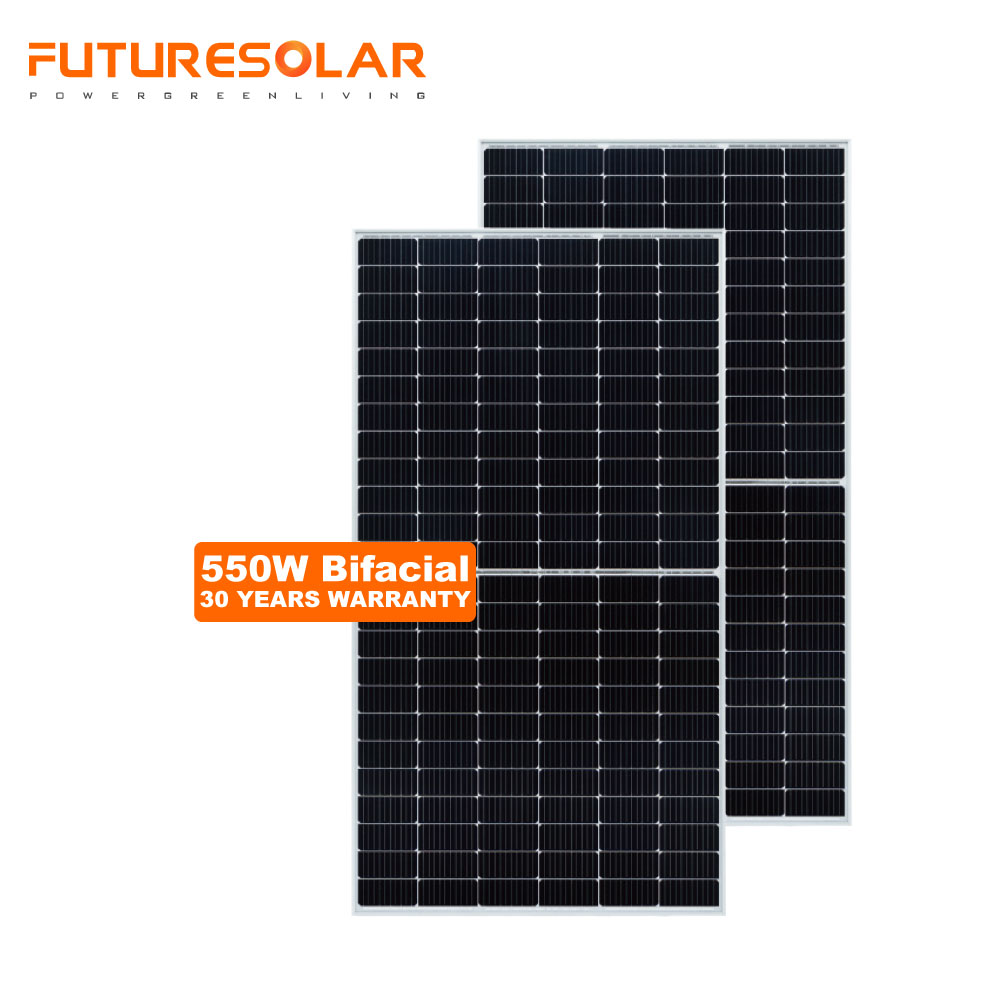
Most advanced PV Module technology - Bifacial Solar Panels
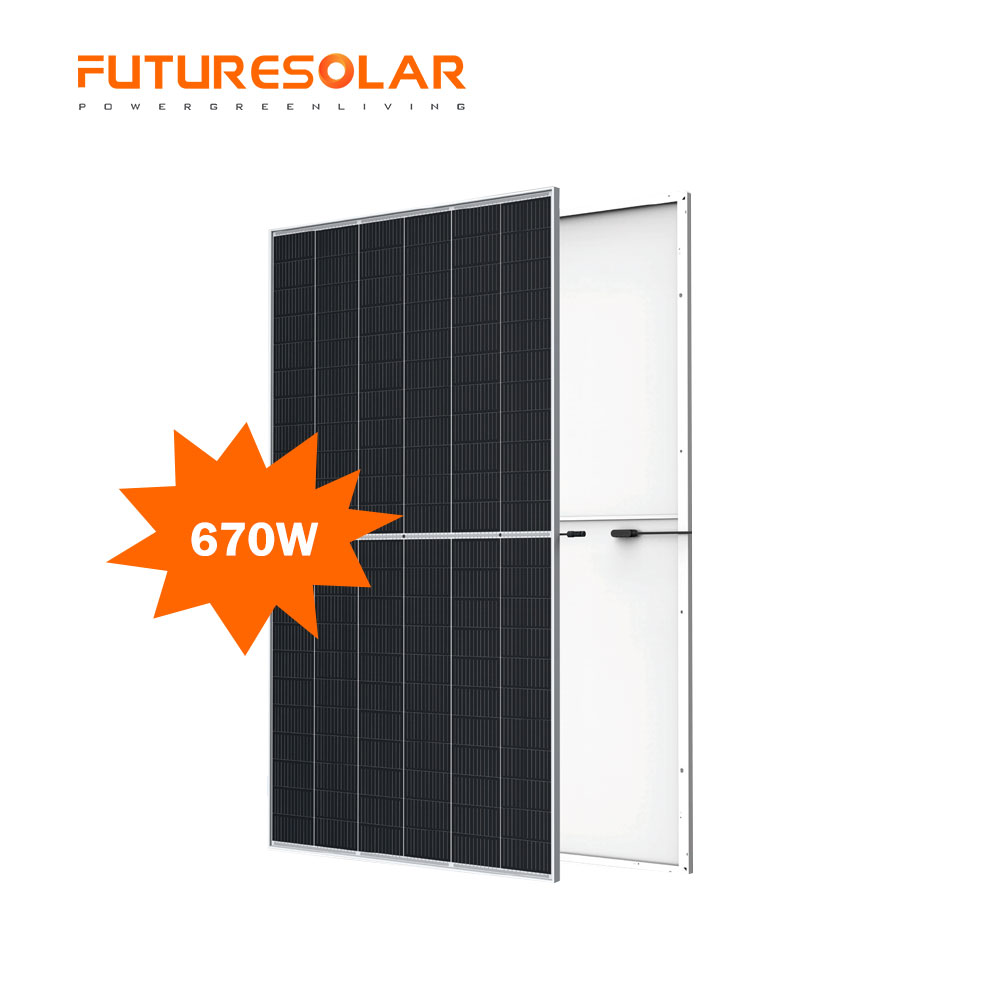
PERC Half-cell Solar Panels
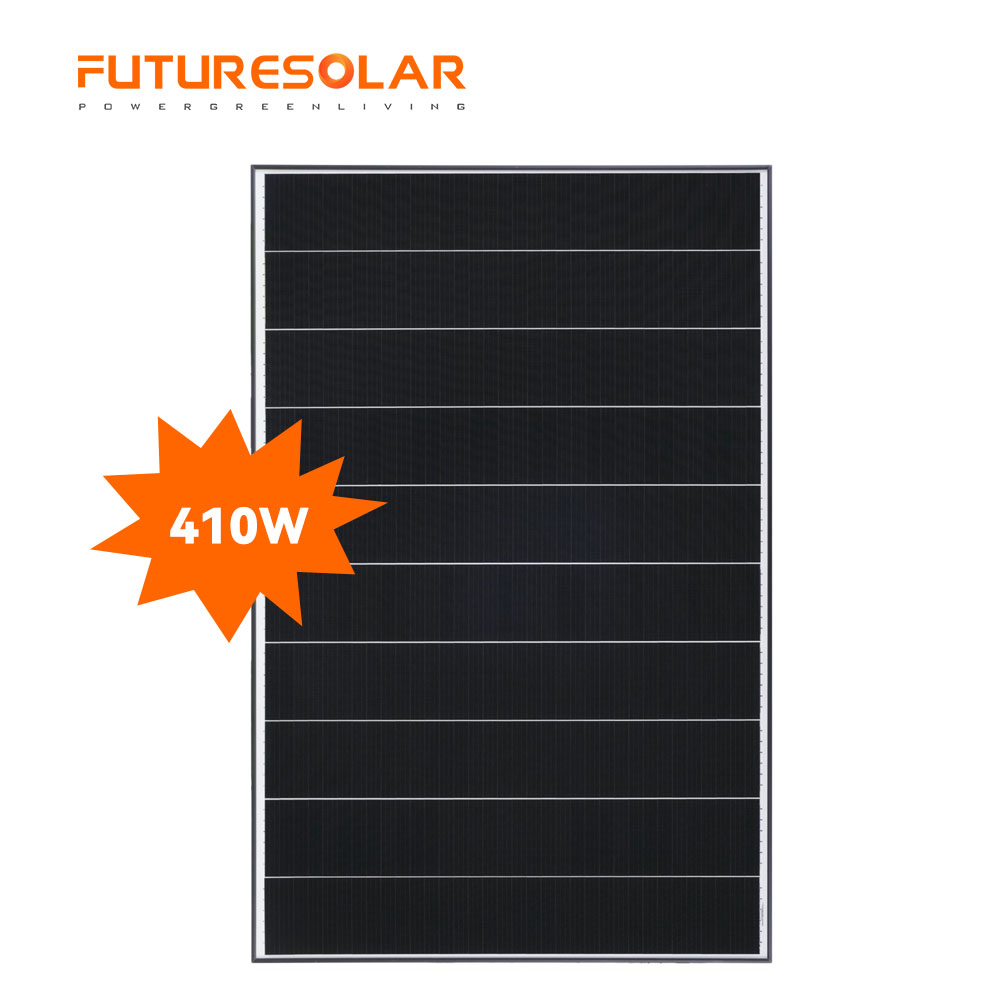
FutureSolar Shingled PV Panels

Futuresolar, FutureSolar Group Co., Ltd, is a professional solar module manufacturer with a experience in production and quality control since 2015. Futuresolar is also a provider of technical services for solar power plant (on-grid and off-grid), including technical design, installation and maintenance,for customers all over the world. To serve global customers, Futuresolar adjusted its strategy and started to cooperate with the top-level factories in Cambodia, Vietnam to produce Futuresolar modules. With the best and most advanced production equipment in different countries, Futuresolar shows a more and more competitive strength in US and EU markets with solar modules made out of China. Vision: Change the way we generate and use electricity, optimize energy portfolio, take responsibility of enabling a susta...
Megawatts of solar systems
Solar modules on futuresolar systems
CO2 tons offset over 25yrs by modules on futuresolar systems
Oil gallons offset over 25yrs by modules on futuresolar systems

Futuresolar Bifacial 410w, 420w, 430w, 440w module; Half-cell 390w, 400w, 410w PERC Mono module
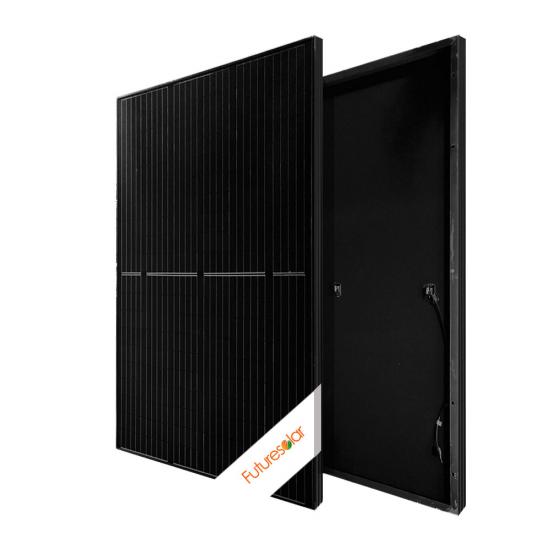
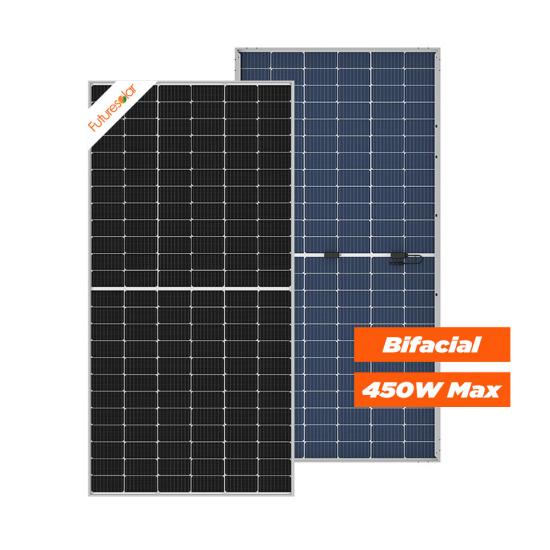
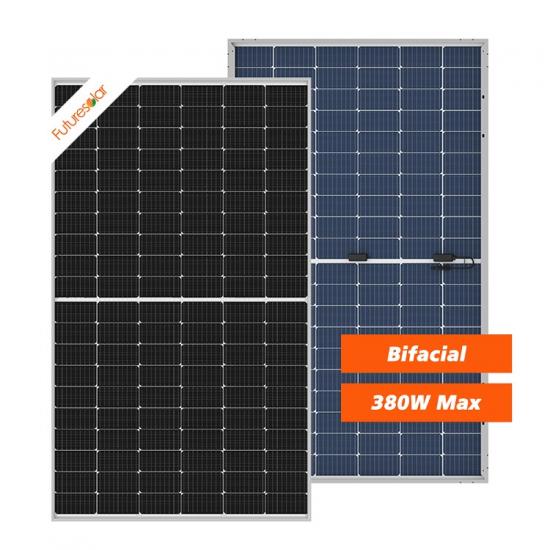
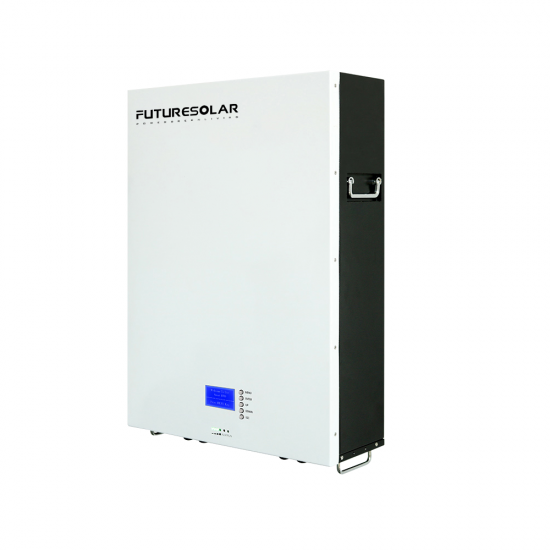
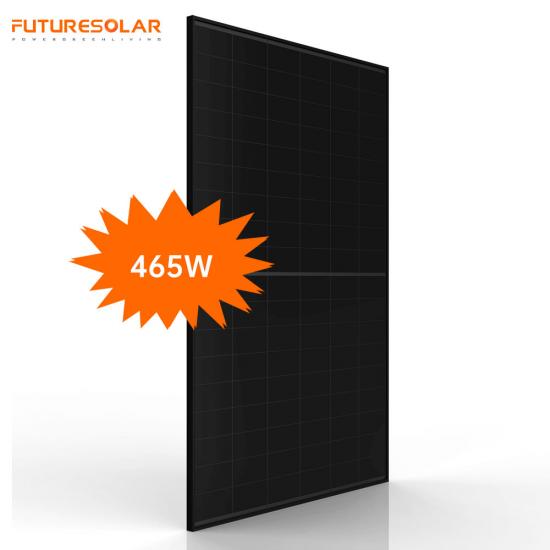


By perfect After-sale service and high quality reputation on the solar panels' market, FutureSolar Group provides solar panels and complete solar power system.

Have a better understanding about Your BEST PV Manufacturer FutureSolar Group.
© Copyright: 2025 FUTURESOLAR GROUP CO LTD. All Rights Reserved.

IPv6 network supported
Friendly Links :
Grdmount SUNPLUS Sendsheensolar Solar Mounting Bracket Higonsolar Sunevosolar Unitedpvsolar